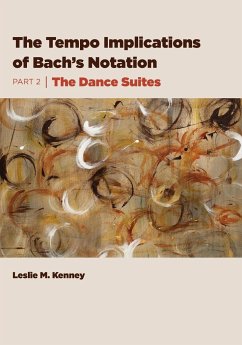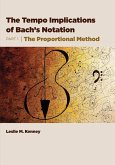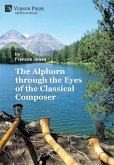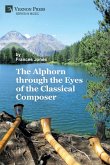This research into the tempos of Bach's dance music answers the age-old question, "How fast should this piece be?" Because Bach's tempo often differs from current performance practice, this research transforms our understanding of his music. Bach's principal suites encompass over 200 movements and include nineteen suites for harpsichord, two for lute, three for violin, and six for cello. These iconic pieces are played at widely varying tempos today, leading to diverse musical effects. Because Bach must have had specific musical effects in mind, many of today's interpretations must be contrary to his intentions. In this book the author draws on his previously published research into Bach's proportional method for establishing tempo and applies that method to these dance movements. By examining contemporaneous descriptions of the dance and also its music, the author uncovers the following about the tempo implications of Bach's titles: · The titles "Allemande" and "Sarabande" indicate that the omission of thirty-second notes does not affect tempo. · The title "Courante" indicates that the inclusion of sixteenth notes does not affect tempo. · The title "Gigue" has the same effect as does the fast performance marking Presto. · All other dance titles have no tempo implications. After perusing this book, the musician will be able to determine Bach's intended tempo for any Bach dance movement. He needs only to identify the title, time signature, tactus speed, and shortest note value. By establishing Bach's intended tempos, the musician will also discover Bach's intended musical effects. This book is for classical musicians, musicologists, music students, dance historians, and anyone who appreciates Bach's music. Thoroughly researched and meticulously documented, it includes over 180 musical examples and dozens of figures and tables. It includes a bibliography, and it also includes an index of cited Bach works, sorted by BWV number. This research is presented so that an amateur musician will be able to follow the arguments.








